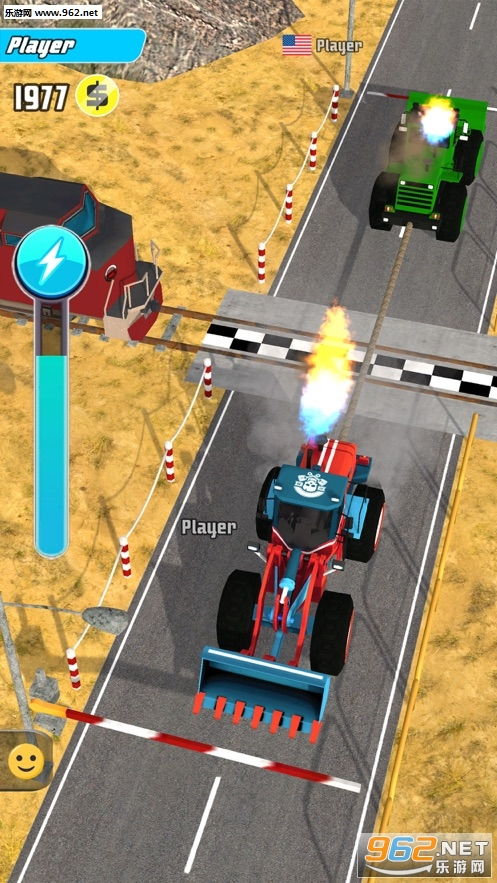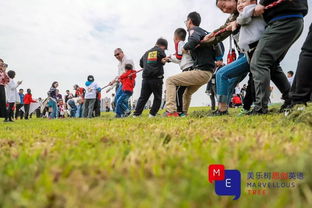来源:小编 更新:2024-11-24 08:08:32
用手机看

Tug-of-war, a traditional team sport that has been captivating audiences for centuries, is a game of strength, strategy, and teamwork. Originating from various cultures around the world, this game has become a staple in many sports events and is often used as a fun activity during social gatherings.

At its core, tug-of-war is a simple game that requires two teams to pull on opposite ends of a rope until one team is forced to let go. Here's a basic rundown of how to play:
Divide participants into two teams, each consisting of an equal number of players.
Position the teams at opposite ends of a designated area, with the rope stretched out between them.
Each team member holds onto the rope with both hands, with their feet planted firmly on the ground.
The game begins with a signal, and both teams pull as hard as they can.
The team that successfully pulls the other team across the center line or causes them to let go of the rope wins.

Playing tug-of-war offers numerous physical and mental benefits. Here are some of the key advantages:
Physical Fitness: Tug-of-war is a great way to improve strength, endurance, and coordination. It engages multiple muscle groups, including the back, arms, shoulders, and legs.
Teamwork: The game emphasizes the importance of teamwork and communication. Players must work together to synchronize their efforts and apply consistent pressure.
Mental Strength: Tug-of-war can build resilience and determination. Players learn to overcome adversity and stay focused under pressure.
Social Interaction: The game fosters camaraderie and social interaction among participants, making it a great activity for team-building events.

The history of tug-of-war dates back to ancient civilizations, with evidence of the game being played in various forms across different cultures. Here are a few notable aspects of its history:
Ancient Origins: Tug-of-war has been mentioned in ancient texts, such as the Bible and the Mahabharata, indicating its historical significance.
Modern Olympic Games: Tug-of-war was an official event at the Olympic Games from 1900 to 1920, after which it was discontinued. However, it remains a popular sport in many countries.
Cultural Festivals: Tug-of-war is often featured in cultural festivals and celebrations, showcasing its importance in various societies.

While tug-of-war is a fun and exciting game, it's important to prioritize safety to prevent injuries. Here are some safety tips:
Proper Equipment: Use a sturdy, well-maintained rope designed for tug-of-war. Avoid using worn-out or damaged ropes.
Warm-Up: Ensure that participants warm up before playing to prevent muscle strains and other injuries.
Proper Technique: Teach participants the correct technique for holding the rope and pulling to minimize the risk of injury.
Supervision: Have an experienced supervisor or coach oversee the game to ensure that it is played safely and fairly.

Tug-of-war is a timeless game that continues to be enjoyed by people of all ages and backgrounds. Its combination of physical activity, teamwork, and cultural significance makes it a valuable addition to any sports event or social gathering. By following safety guidelines and emphasizing the importance of teamwork, tug-of-war can be a fun and rewarding experience for everyone involved.